Rank Species | Genus Argyreia Higher classification Argyreia | |
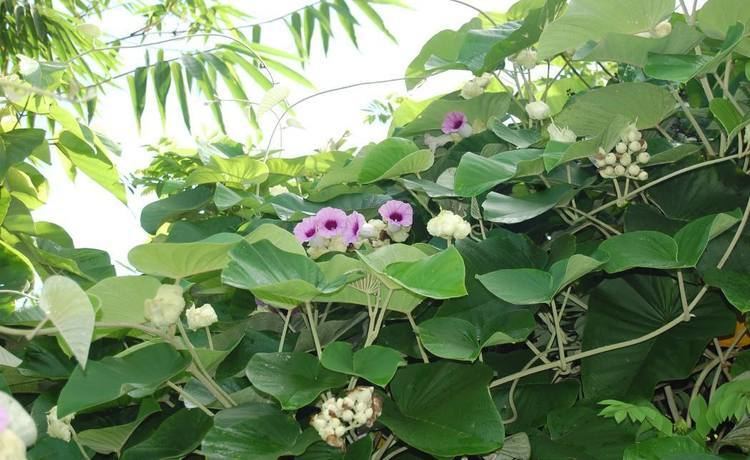 | ||
Similar Argyreia, Turbina corymbosa, Ipomoea violacea, Sage of the diviners, Convolvulaceae | ||
Hawaiian baby woodrose organic hawaii hbwr argyreia nervosa
Argyreia nervosa is a perennial climbing vine native to the Indian subcontinent and introduced to numerous areas worldwide, including Hawaii, Africa, and the Caribbean. Though it can be invasive, it is often prized for its aesthetic value. Common names include Hawaiian baby woodrose, adhoguda अधोगुडा or vidhara विधारा (Sanskrit), elephant creeper and woolly morning glory. The two botanical varieties are A. n. var. nervosa described here, and A. n. var. speciosa, a species used in Ayurvedic medicine, but with little to no psychoactive value.
Contents
- Hawaiian baby woodrose organic hawaii hbwr argyreia nervosa
- History
- Chemical constituents
- Glycosides
- Seeds
- Extracted chemicals
- UK
- Leaves
- Root
- Flowers
- References
A. nervosa seeds contain various ergoline alkaloids such as ergine. A study reported stereoisomers of ergine to be found in the seeds at a concentration of 0.325% of dry weight.
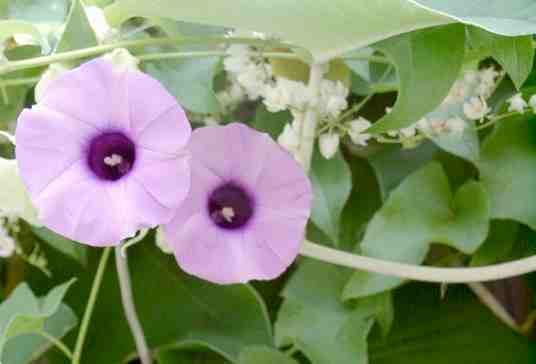
History

A. nervosa is a rare example of a plant whose putative hallucinogenic properties were not recognized until recent times. While several of its cousins in the Convolvulaceae family, such as Rivea corymbosa (ololiuhqui) and Ipomoea tricolor (tlitliltzin), were used in shamanic rituals of Latin America for centuries, A. nervosa was not traditionally used for this purpose. Its properties were first brought to attention in the 1960s, despite the fact that the chemical composition of its seeds is nearly identical to those of the two species mentioned above, and the seeds contain the highest concentration of psychoactive compounds in the entire family.
Chemical constituents
The seeds of A. nervosa have been found to contain numerous chemical compounds.
Glycosides
Seeds
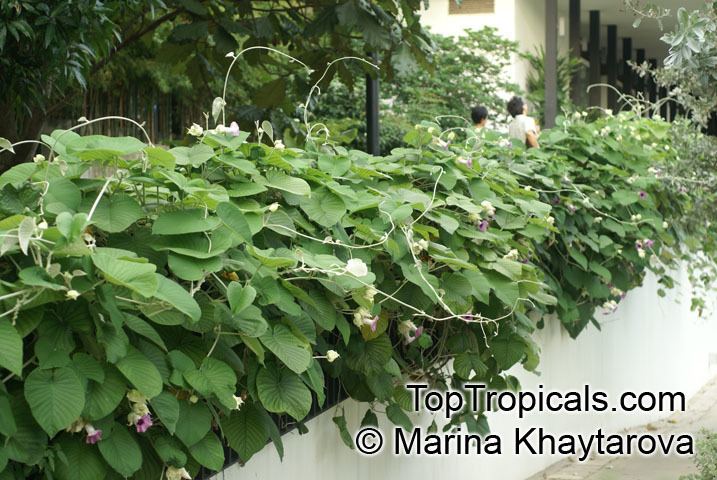
In most countries, it is legal to purchase, sell, or germinate A. nervosa seeds. Depending on the country, it may be illegal to buy seeds with the intention to consume them, and several countries have outlawed ergine-containing seeds altogether.
Extracted chemicals
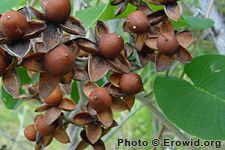
Extracting ergine from A. nervosa seeds is illegal in the USA, since it is classified as a schedule-III depressant by the DEA.
UK

It is now illegal to supply A. nervosa in the United Kingdom due to the passing of the Psychoactive Substances Act 2016. Under this legislation any and all psychoactive substances not listed under the exemption terms are now considered to be controlled substances.
Leaves
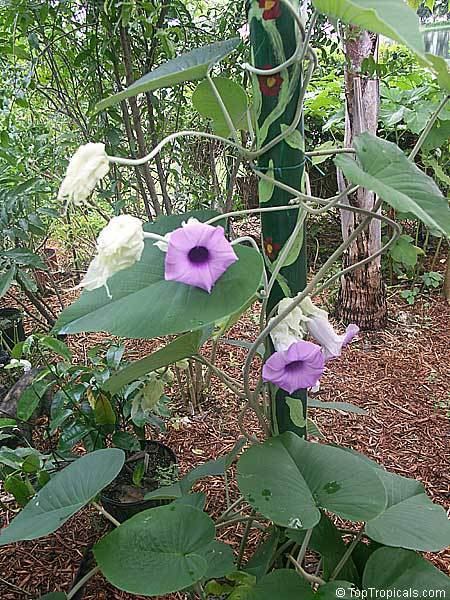
In an animal model of ulcers in rats, large doses of the extract of A. n. var. speciosa leaves (50, 100, and 200 mg/kg body weight) showed dose-dependent antiulcer activity and cured the ulcers.
Root
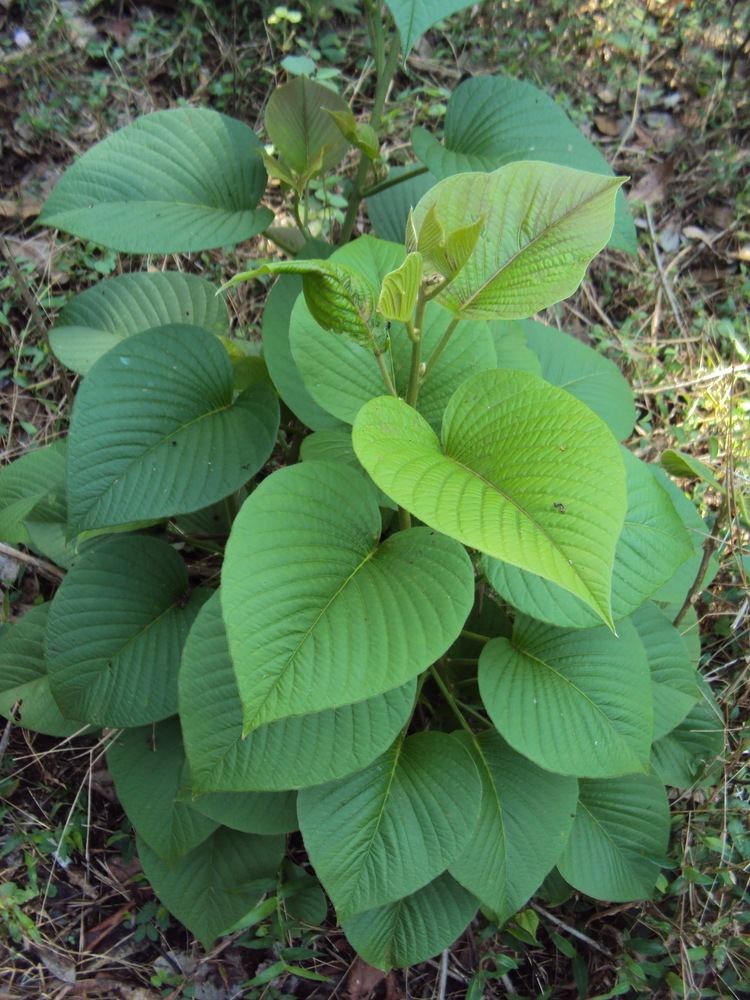
When an extract of A. nervosa root was administered to male mice, both mounting and mating activity increased, showing aphrodisiac activity. The litter from females inseminated by root-treated males also saw a significantly increased male:female ratio versus the control group, suggesting, but not confirming, the ethnomedical belief of increased male offspring is accurate. Mechanisms for the altered male:female ratio have yet to be explained.
Flowers
When administered to male mice, an extract of A. nervosa flowers exhibited aphrodisiac activity to a similar degree of its root extract.
